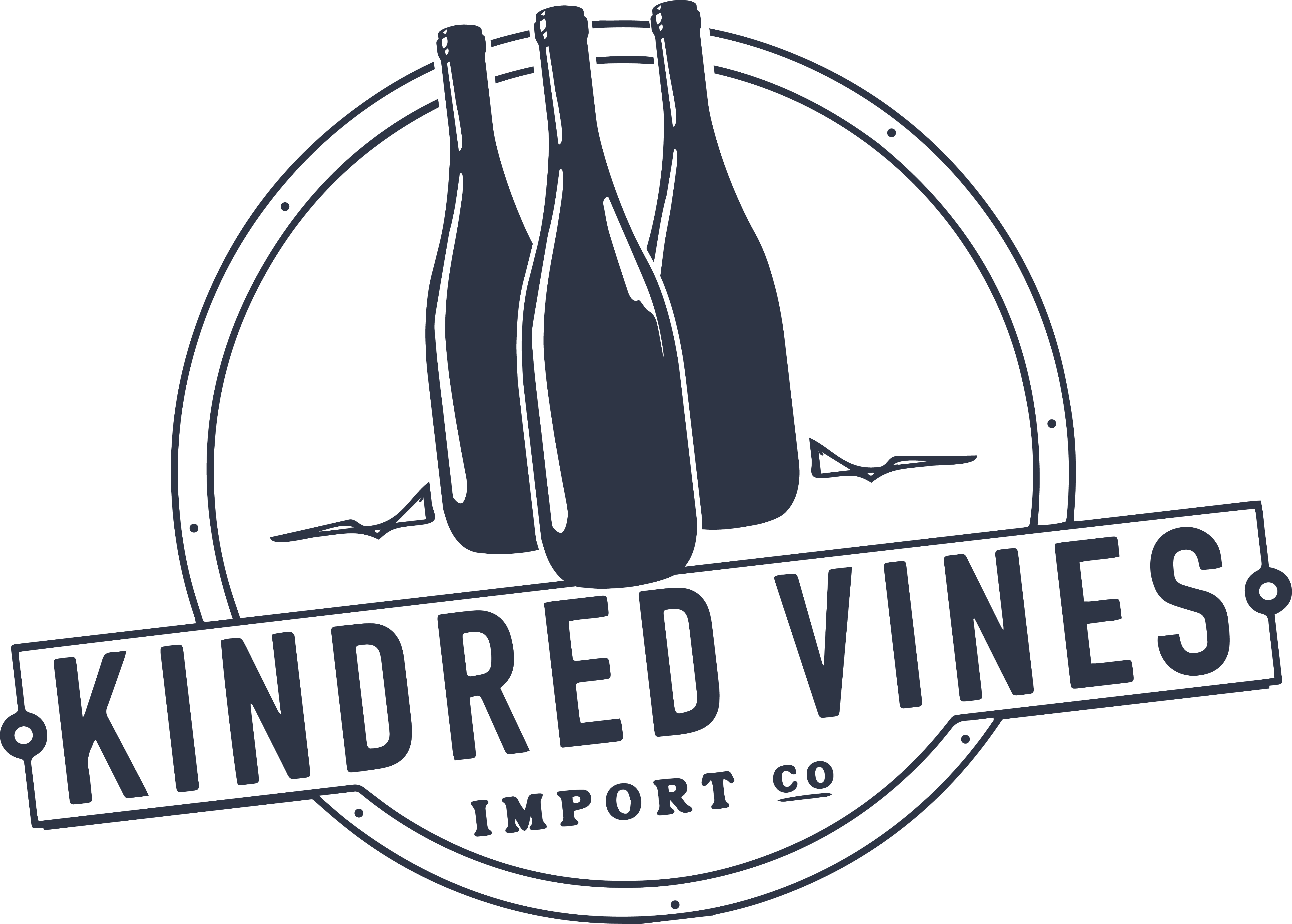Cooper’s Hawk CHV Cabernet Franc Reserve
| Country | Canada |
|---|---|
| Region | Lake Erie North Shore |
| Producer | Cooper's Hawk Vineyards |
| Vintage | 2016 |
| Composition | 100% Cabernet Franc |
| Alcohol | 13% |
| Residual Sugar | 1.0 g/L |
Product Enquiry
WINEMAKER’S NOTES
The 2016 vintage was hot and dry, giving us the perfect season to make a Reserve Cabernet Franc. With an obsessive attention to detail in the vineyard, we were able to sculpt the wines into submission to create a low yielding, concentrated Cabernet Franc harvest. Cold soaked for 5 days to ensure a beautiful deep red color, we then naturally fermented 50% of the batch for more complexity. Aged for 10 months in 70% new and 30% one year old French oak barrels, this bold Cabernet Franc is a great example of a terroir driven Lake Erie North Shore wine. Drink now or law down for up to 10 years. Only 175 cases were produced.
TASTING NOTES
A light garnet color with aromas of raspberries, cloves, and new leather. Swedish berries and Christmas chocolate orange with a velvet finish.
PAIRING SUGGESTIONS
Braised foods, boeuf bourguinon, salty pork, rich dark sauces
VINEYARD
Cooper’s Hawk Vineyards is an estate winery located in 70 acres of land within the Lake Erie North Shore viticultural region.
VITICULTURE
Lake Erie North Shore, often abbreviated to LENS, is an appellation at the southern tip of Ontario. Covering Essex County and the Pelee Island appellation, the Designated Viticultural Area (DVA) is largely defined by water, with Lake St Clair to the north, Detroit River to the west and Lake Erie to the south. The water-moderated climate here is well-suited to the production of wines made from Riesling and Vidal, as well as Cabernet Franc and Merlot.
The main maritime influences in Lake Erie North Shore come from Lake Erie, the shallowest of the Great Lakes. The lake effect is more pronounced in these shallow waters, and the lake heats up faster in the warm summers and cools down quicker in the winter. This has a profound effect on the growing season, which starts and finishes earlier than in other parts of Ontario. Unobstructed winds from the lake during the growing season bring cooling influences, and when combined with the area’s high sunshine hours, this makes for a long, slow ripening process that allows for the development of acidity alongside rich varietal character.
Ancient glacial lakes are responsible for a wide range of geological deposits at Lake Erie North Shore. Predominantly sandy loam and heavy clay soils are layered over various gravels and limestone bedrock, providing good drainage for the vineyard sites. Ample precipitation during the growing season makes irrigation largely unnecessary, and lake-effect snow in the winter helps to insulate the dormant vines against freezes. The early onset of winter here due to cooling influences of the lake makes Lake Erie North Shore well-suited to the production of ice wine.
Wine production in Lake Erie North Shore began in the 1860s, when growers established the first vineyards in the southerly sub-region of Pelee Island, and viticultural pursuits spread quickly onto the mainland, before reaching the Niagara Peninsula.
VINIFICATION
Cold soaked for 5 days, 50% spontaneously fermented, the other half with yeast addition. Aged in 70/30% new and one year old French oak for 10 months.

